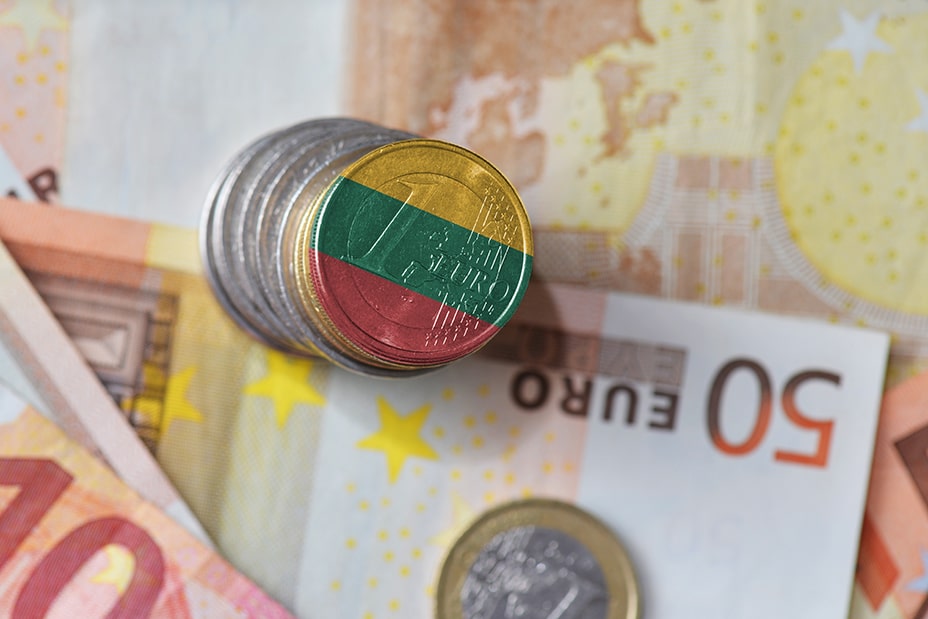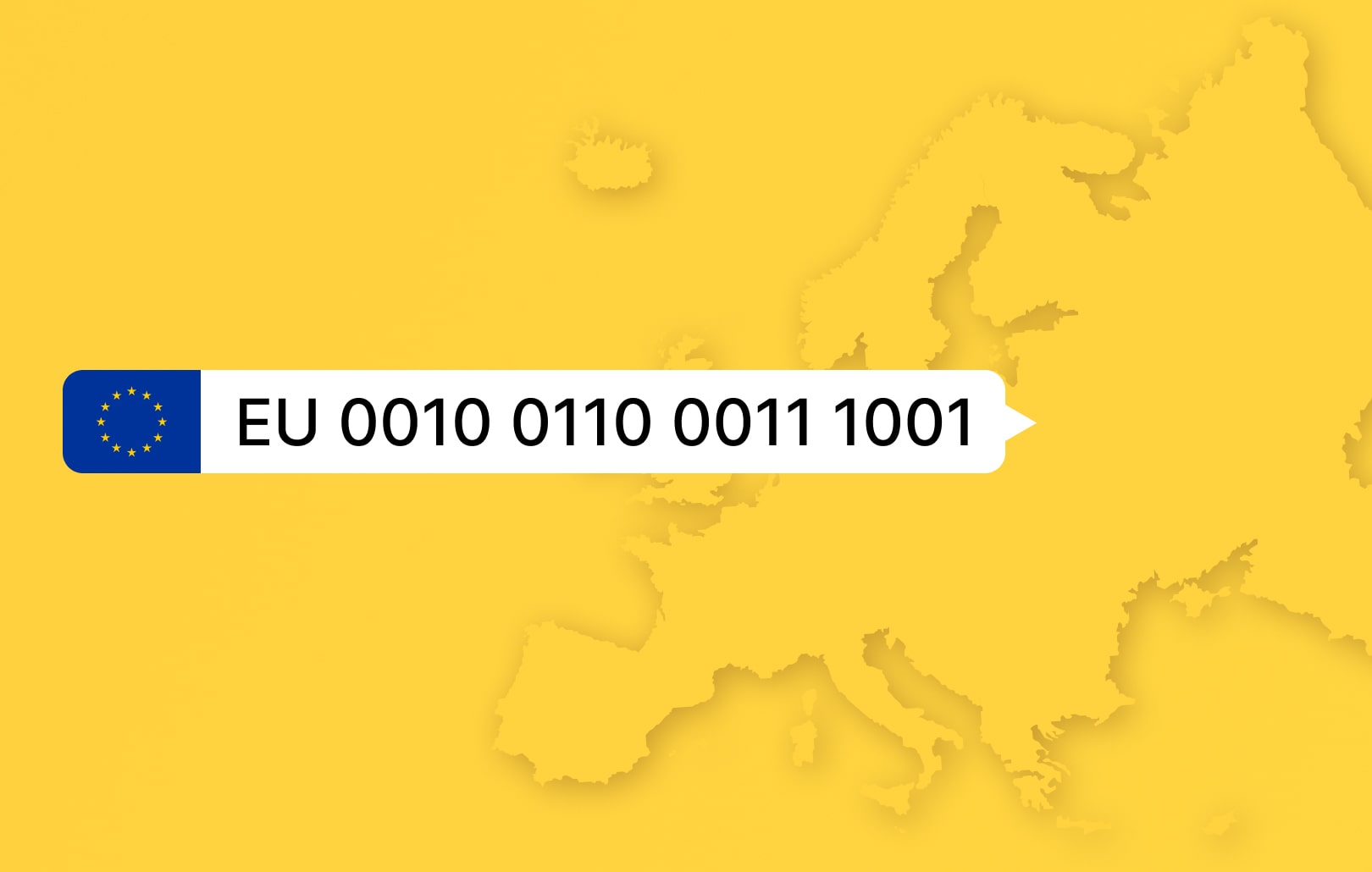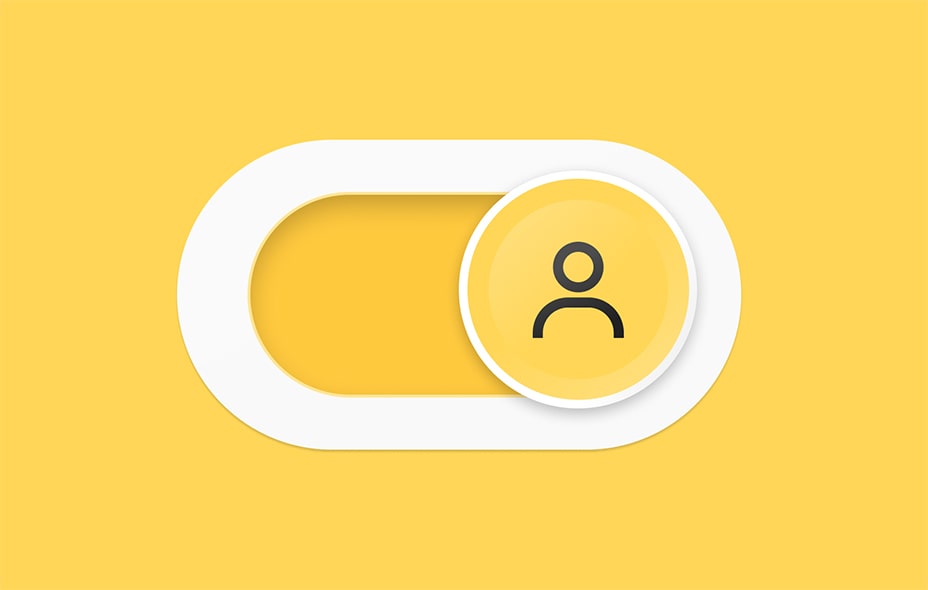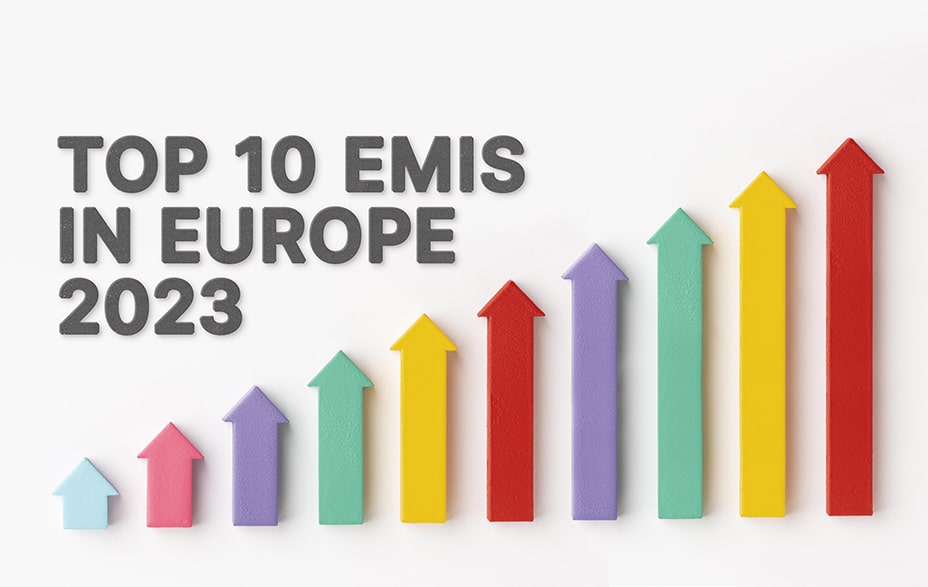How to Open a Payment Account Online in Lithuania

Lithuania is a scenic, green country boasting vast forests, expansive parks, and beautiful lakes. A comfortable environment, both for living and doing business, Lithuania provides an ideal backdrop for any lifestyle. It is also an attractive destination for individuals looking to set up a payment account, either as a local resident or an international expat. This article will provide a comprehensive guide on how to open an account online in Lithuania, as well as give insights into the necessary documents and requirements.
Lithuania’s financial background
Lithuania’s financial sector is booming, driven by innovative services and technologies. This is enabling customers to access an ever-increasing range of banking and finance-related products.
Lithuania is a highly attractive European destination for fintech projects, as it is currently home to about 85 electronic money institutions (EMIs). According to thebanks.eu the number of EMIs in Lithuania has grown 7 times in the period from 2016 to 2022. This has made Lithuania the biggest EU hub for fintech projects, particularly in light of the recent Brexit decision. The country offers favorable conditions and a progressive legislative framework to fintech startups, meaning lots of new potential opportunities for European and British customers. Fierce competition amongst providers allows customers to enjoy a supreme service, with competitive rates and a plethora of different products available.
Documents required for an account opening in Lithuania
Opening a payment account in Lithuania is relatively simple. To do so, you’ll need to fill out an application form and provide certain documents, such as:
1. Identification documents: Valid ID, such as a passport or residence permit in Lithuania.
2. Proof of address/residency: This could be a utility bill (e.g. electricity, water, or telephone bill) with an address that matches the one provided in the identification documents.
3. Proof of income: This could be proof of employment (salary statement or employment letter) or proof of business (business license, business registration certificate, or proof of business income).
4. Account statement: This is sometimes required and is a standard practice to verify customer information and good standing.
For non-residents, financial institutions generally require additional documents. This could include a business plan, proof of source of income, proof of residence, and a reference letter from a financial institution in the applicant’s country of residency.
How long does it take to open a payment account in Lithuania?
It typically takes 3-5 business days to open a private account in Lithuania. For corporate accounts, it can take up to several weeks. Some financial institutions may require additional documents or information, so the process may take longer, especially for non-EU residents.
Are there any onboarding charges in Lithuania?
Yes, financial institutions in Lithuania charge for onboarding and document checks. These fees can vary, depending on the EMI / financial services provider and the type of account being opened. For business accounts, the fee can go up to EUR 1 000. There is also a minimum service fee for non-residents of about EUR 50, as well as an account maintenance fee.
Additionally, charges can include annual fees, minimum balance fees, as well as fees for special services offered by the provider. Be sure to check with the financial provider for more detailed information.
Can I open a Lithuanian payment account without proof of address?
No, you cannot open an account in Lithuania without proof of address. As a foreign customer, you will need to provide proof of address or an account statement. Financial services providers may also ask for additional documents such as a residence permit.
However, modern digital banking providers such as Satchel.eu have taken a progressive step forward by allowing the opening of personal accounts with just a home country utility bill dated within the last 3 months. This means that non-EU residents can obtain an EU account while remaining in their home country.
What is the solution for non-EU residents?
Digital banking accounts are becoming increasingly popular in Lithuania due to their convenience and advanced security features. This is the most seamless and cost-effective method for managing both private and corporate funds. By the way, your local country’s proof of address will be enough to open an account with a digital provider. With an online account, managing your finances, transferring money (SEPA and SWIFT) and making payments is straightforward at any time or place.
The account opening process is simple: all you need to do is fill out an online form, upload scanned documents and get confirmation of your account opening and European IBAN. Once the process is completed, you can order either a virtual or plastic payment card and start using it right away.
Thanks to the development of fintech, digital banking is becoming ever more secure and convenient. By taking advantage of digital banking, Lithuanian customers can reap the benefits of streamlined payment processing, increased security and 24/7/365 access to their funds.
Check out Satchel.eu, one of Europe’s fastest-growing digital banking providers, established in 2018.





